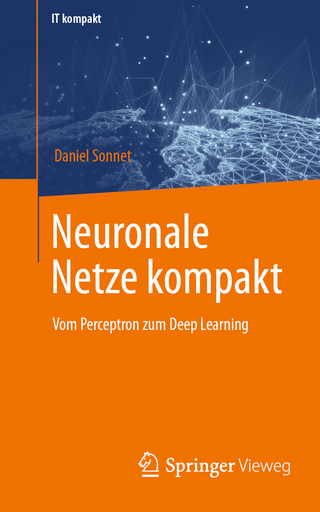
Exposing Electronics
A A Balkema Publishers (Verlag)
978-90-5823-056-0 (ISBN)
It is clear that artifacts have the power to provoke thought, inspire action and arouse passions. There is evidence of this in the ever-increasing number of museums as well as in the ability of those museums to stimulate controversy through exhibits. As a consequence, much has been written analyzing the interaction between objects and museum visitors. Less well recognized, or understood, is the value of objects for historical research. In this series of books we propose to show by example how artifacts can be employed in the study of the history of science and technology in ways ranging from motivating a line of research to providing hard evidence in the solution of an otherwise insoluble problem. The first volume focused on medicine; in this, the second volume, the topic our authors address is electronics. As readers will discover, there is considerable scope in the range of topics and in the range of uses of artifacts. There is also a section that suggests to readers what kind of questions they might consider when they visit electrical exhibits, and where those exhibits are to be found.
This series is sponsored by the Deutsches Museum in Munich, the Science Museum in London, and the Smithsonian Institution in Washington, with help from professional historians in other museums and elsewhere.
Bernard Finn
It is clear that artifacts have the power to provoke thought, inspire action and arouse passions. There is evidence of this in the ever-increasing number of museums as well as in the ability of those museums to stimulate controversy through exhibits. As a consequence, much has been written analyzing the interaction between objects and museum visitors. Less well recognized, or understood, is the value of objects for historical research. In this series of books we propose to show by example how artifacts can be employed in the study of the history of science and technology in ways ranging from motivating a line of research to providing hard evidence in the solution of an otherwise insoluble problem. The first volume focused on medicine; in this, the second volume, the topic our authors address is electronics. As readers will discover, there is considerable scope in the range of topics and in the range of uses of artifacts. There is also a section that suggests to readers what kind of questions they might consider when they visit electrical exhibits, and where those exhibits are to be found.
This series is sponsored by the Deutsches Museum in Munich, the Science Museum in London, and the Smithsonian Institution in Washington, with help from professional historians in other museums and elsewhere.
| Erscheint lt. Verlag | 21.12.2000 |
|---|---|
| Verlagsort | Rotterdam |
| Sprache | englisch |
| Maße | 189 x 246 mm |
| Gewicht | 698 g |
| Themenwelt | Kunst / Musik / Theater |
| Geschichte ► Teilgebiete der Geschichte ► Technikgeschichte | |
| Technik ► Elektrotechnik / Energietechnik | |
| ISBN-10 | 90-5823-056-2 / 9058230562 |
| ISBN-13 | 978-90-5823-056-0 / 9789058230560 |
| Zustand | Neuware |
| Haben Sie eine Frage zum Produkt? |
aus dem Bereich


